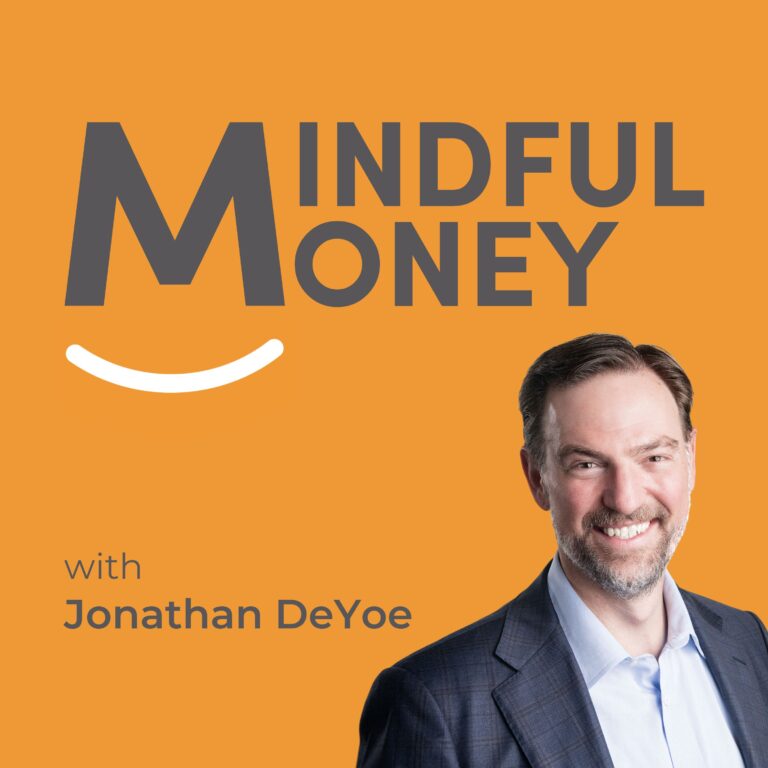When they were little, we paid for things for them, but they got used to hearing “No.” Kate was far better at this than I was. I always wanted to give them everything they wanted. So, I needed tools.
There are all kinds of tricks to curb a child’s desire for a thing. My favorites were:
- Recall the last thing that was desired and acquired and where it is now (did you play with it today, yesterday, the day before? How long did you play with it when we brought it home?)
- “Let’s walk away” for now and if it is still really important to you in a couple days we will talk about it again. This usually ends without ever having another conversation about it. When it IS really important, you know.
The lesson is a simple one, but very difficult to learn – you don’t need every impulse met to be happy and fulfilled. I’m sure you know adults who have never learned this lesson.
My kids received an “allowance” for about 18 months of their lives. We gave them a taste for spending choices and opportunity cost by giving them a little money that they could spend how they wished. Once it was spent, it was gone, and they couldn’t buy anything else until they received more allowance.
The allowance was small, so there was an added benefit of their “saving up” for something that they wanted. Eli went for the indoor drone helicopter; Annie saved for a hydration backpack.
We stopped the allowance when Eli was old enough to get a job (14 in our book – though this is harder in CA as it requires permission and paperwork from the child’s high school). My kids have their own checking and savings accounts (which they manage) – and their own ROTH IRAs (which they are mostly oblivious of).
I have contributed every penny they’ve earned since the very first dollar to a ROTH IRA for each of them – if there is one thing that is not very expensive to do, but will make a massive long-term financial difference in their lives, it is this. Nothing is quite as amazing as 60+ years of compounding (even with only a very little bit invested at the outset). When the time comes, this is also a great way to show them how we invest.
I should preface this by saying that they both have sources of income as well – this is a requirement (alongside reporting the income and paying taxes) to fund a ROTH. We opened one of their ROTHs with $150 – which means we paid taxes and FICA on a 13-year old’s $150 of earnings that year.
As young as 12 years old, they worked at “opening/closing” the neighborhood pool. This meant uncovering it and sweeping the deck in the morning and covering it and closing the umbrellas in the evening (for $7 a day). They have both made money in a variety of ways, and – as long as their grades are good – they are encouraged to work and hustle for their different respective gigs.
Kids “value” their finances more when they know they’re trading time or energy for money. We have required that they save 50% of every penny they earn to support their college funds. I have to be the “custodian” of the accounts, but the cash accounts are theirs from a management and handling perspective.
They each had to track and record their different earnings amounts – so that we could report, pay taxes and fund their ROTHs every year. So, they have learned a little bookkeeping alongside all the other lessons.
One major change from when I was a kid is that there are no longer any “passbook” savings opportunities – and for most of their lives, no interest. Checkbooks are not far behind (have you been behind someone with a checkbook at a grocery store recently? It’s an experience as rare as it is frustrating).
So, they have never “balanced” their accounts. Their entire system of monitoring and managing is app-based. They have their own bank account logins and they check the app on their phones to make sure the contributions they make are reflected, and to review their spending.
Neither of my kids has shown an interest in the investments in their ROTHs, so we have only tangentially talked about how we invest – which is a single 100% global equity fund (a zero-management portfolio).
The main lesson with this type of investment is that they should spend their efforts in places that can add value. They CAN work and earn more; but they cannot work on their investments to “make” more. When it comes to investments, the best we can do is ALLOW the markets to work in our favor by owning diversified pools of equities.
Spend more time and energy adding to the portfolios; spend less working on the portfolios.
Before we opened accounts in their names, they had the three jars method of money management. When they were younger, when they got money (from an odd job or gifts) it was split up into the 3 jars. 1/3 went to “spending,” 1/3 went to “saving,” and 1/3 went to “giving.” We managed with the three jars and coordinated our giving as a family at our family meetings until we opened their bank accounts.
In my opinion, a child can have a deposit account at 8-9 (to see a little interest); a debit card at 12-14 (to see how money comes right out of their account). My eldest is 17, and we are thinking about getting him a credit card in his senior year (because he has been good at managing his money and credit cards are more secure). We want him to understand credit cards BEFORE he goes to college.
As a side note – first-year college students receive lots of credit card offers with NO experience. This explains why the average college student already has revolving credit card debt of $3280 (according to the 2021 College Finance Survey at Wallethub). Anything we can do to avoid this for our kids will be long-term beneficial.
I believe this is a pretty good summary of the methods we have used to teach our kids. Every family and every kid is different, so this is more explanatory than it is prescriptive. Happy to discuss any of this in more depth. If that is desired, send a request through the contact us or ping me on social media.
The Teaching to Avoid
Eli just came home from school and mentioned that his economics class (you have no idea how thrilled I was when he said he was taking econ as an elective – it should be a requirement) was going to host a “stock selection contest.”
My thrill for the class dissipated in a flash. I hate this. Anyone who has read this blog or paid any attention to me whatsoever has heard me refer to people who invest the way we invest as, “goal-focused and planning-driven.” Yes?
That statement is in direct opposition to the majority of market participants, who are “market-focused and performance-driven.”
My problem with a stock selection contest is that it is almost always a student’s first formal introduction to investing. And it is a total shame that in the first formal introduction to investing, we are teaching market timing and security selection. We are teaching two things that:
- Cannot be predicted or controlled, and
- Academics attribute only a small fraction (5-7%) of our total long-term success to (where asset-allocation and patience make up the other 93-95%), and
- Deliver outcomes over short periods that are entirely based on luck.
The contest lasts all of a couple months (the very definition of short-term) and students will set up two portfolios to be judged – one “trading” portfolio and one “buy & hold” portfolio. They will be judged on the “performance” of their portfolios over the 2-month period.
In his very first formal investment lesson (which is shared by the vast majority of the kids who get any education at all on the topic), he will be indoctrinated into the wrong philosophy. He will learn that “successful investing” is market-focused and performance-driven.
I will be paying close attention, adding “luck vs. skill” into the discussion, focusing on the cognitive and emotional biases that lead to poor choices, and will teach him the habits of goal-focused and planning-driven investing at the same time.





